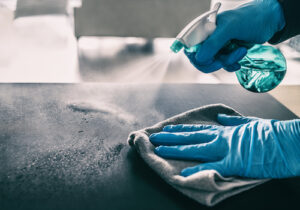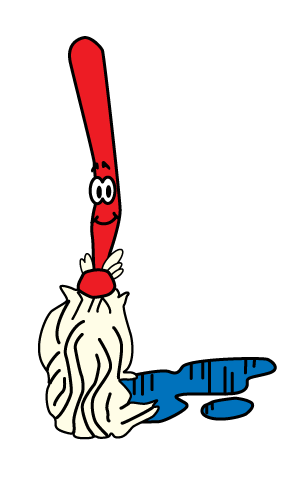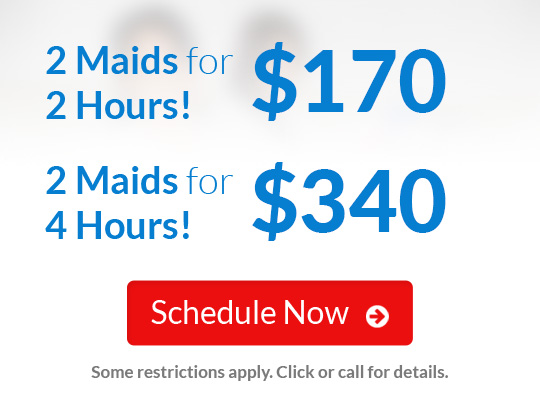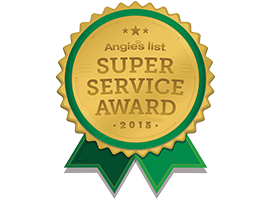How to Clean Safely and Effectively with Bleach

A strong whiff of bleach or Clorox in the air signifies that something is exceptionally clean. Bleach is useful for a variety of purposes, but cleaning is not. Should you use bleach to clean?
A bottle of bleach can be found beneath the sink in practically every home in America. This chemical can kill bacteria as well as remove or lighten a color, keeping your teeth white and germ-free. So why does bleach have such a poor reputation?
What Is Bleach?
On a most basic level, when we say “bleach,” we usually mean chlorine bleach, which contains sodium hyprochlorite. Other types of ‘bleach’ include oxygen bleach (hydrogen peroxide) and calcium hypochlorite bleaching powder, sodium persulfate, zinc peroxide, bezoyl peroxide, bromate, carbamide peroxide, and others.
Uses:
First and foremost, bleach is a disinfectant rather than a cleanser. Bleach kills bacteria and viruses, as well as removing difficult stains, and brightens fabric. However, bleach alone does not remove grime and residue from surfaces. Scrub and rinse the surfaces first, then apply the bleach solution.
When smelling bleach, we assume it is used to clean a surface, but it’s likely to disinfect it. Many individuals use bleach to clean their toilets and bathtubs in their bathrooms. Although bleach won’t erase a stain from a sink, it will destroy germs.
Bleach is an effective disinfectant and stain remover, but it is not an excellent general cleanser. So, what can you do with it at home? Is there a time when it’s preferable to use it over others?
How To Clean Safely With Bleach
If for you it’s a must to clean with bleach, here are some bleach cleaning safety tips:
- To make cleaning safer, dilute the bleach with water. The recommended dilution is one tablespoon of bleach to 1-gallon water or 1 component of bleach to 10 parts of water.
- Bleach can be poured into a washing machine, although it will eventually be diluted with water.
- Before you start sanitizing, clean a surface. Clean a surface with soap and water, then disinfect it with bleach and water. Allow at least 5 minutes for the bleach/water solution to rest on the surface before rinsing and air drying.
- To help eliminate stains, color-safe bleach employs hydrogen peroxide instead of sodium hypochlorite or chlorine. It can make colors pop.
- Chlorine bleach is commonly used in household cleaning goods. Other bleaches, such as peroxide bleach, are available.
- Bleach is used to whiten clothing. It can also remove mildew and mold.
Be Cautious
Bleach isn’t the right cleaning solution for many simple household cleaning jobs: It has heavy fumes, and skin contact with bleach can be harmful. Mixing it with other cleaners can produce dangerous results. If you use hot water with bleach, it can release chlorine gas. Don’t mix bleach with household chemicals such as vinegar or ammonia, as it can cause unsafe reactions.
Call The Experts
At Kimberly's Kleaning Service we are here to get our hands dirty and help you keep your home organized and clean. If you are not sure about how to properly clean your home all the while keeping your family safe, call 702-263-0468 and schedule your next cleaning appointment with us.





 Phone:
Phone: